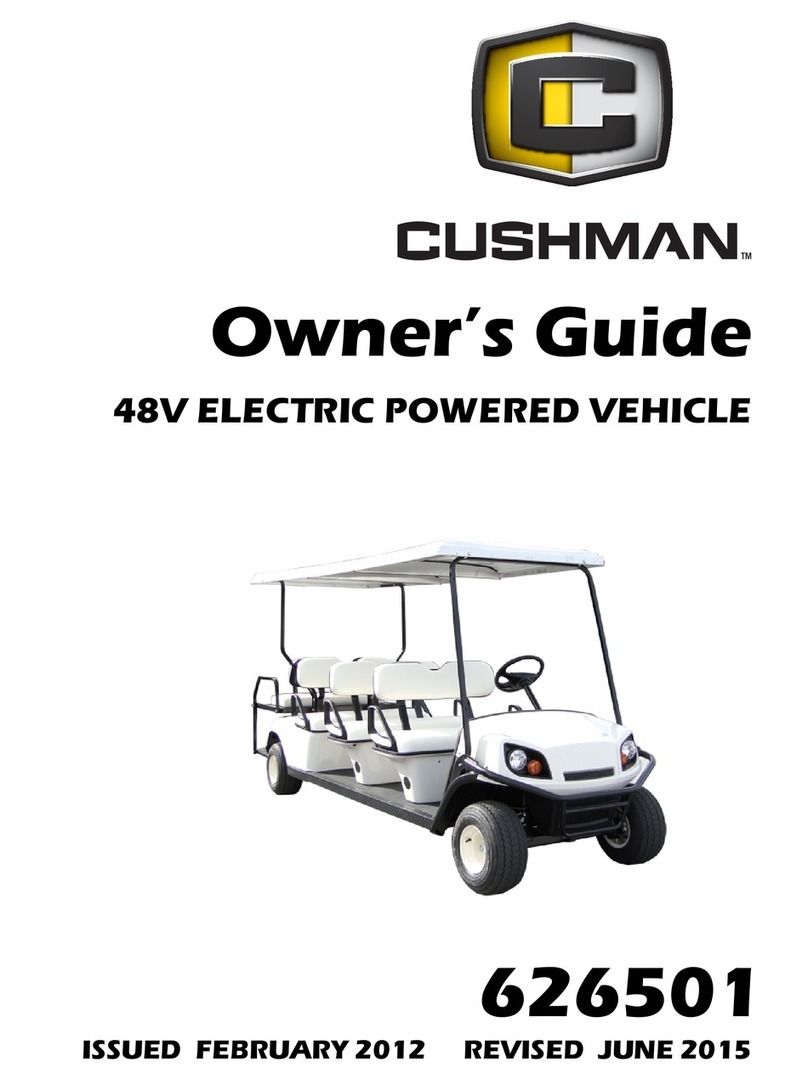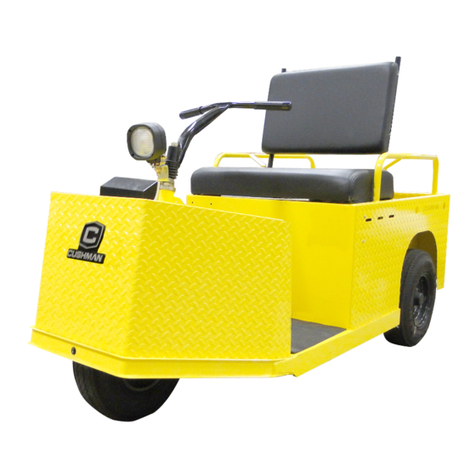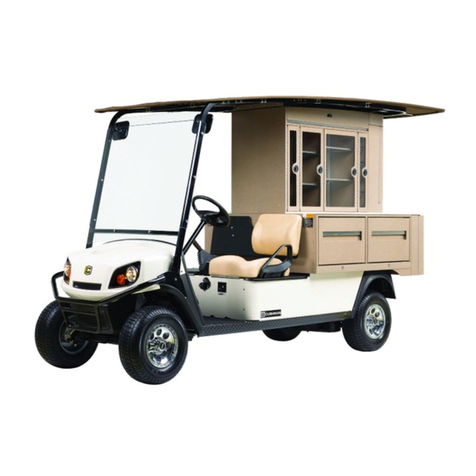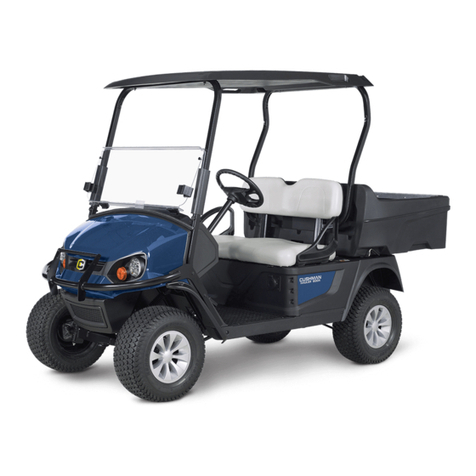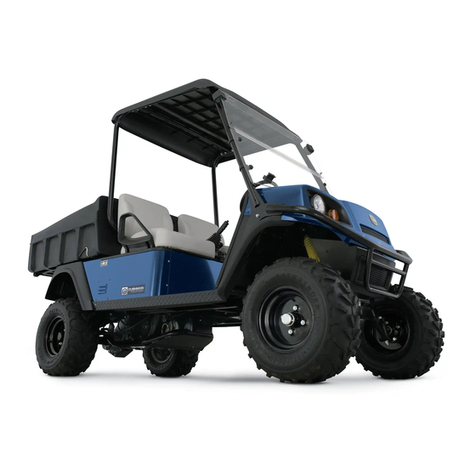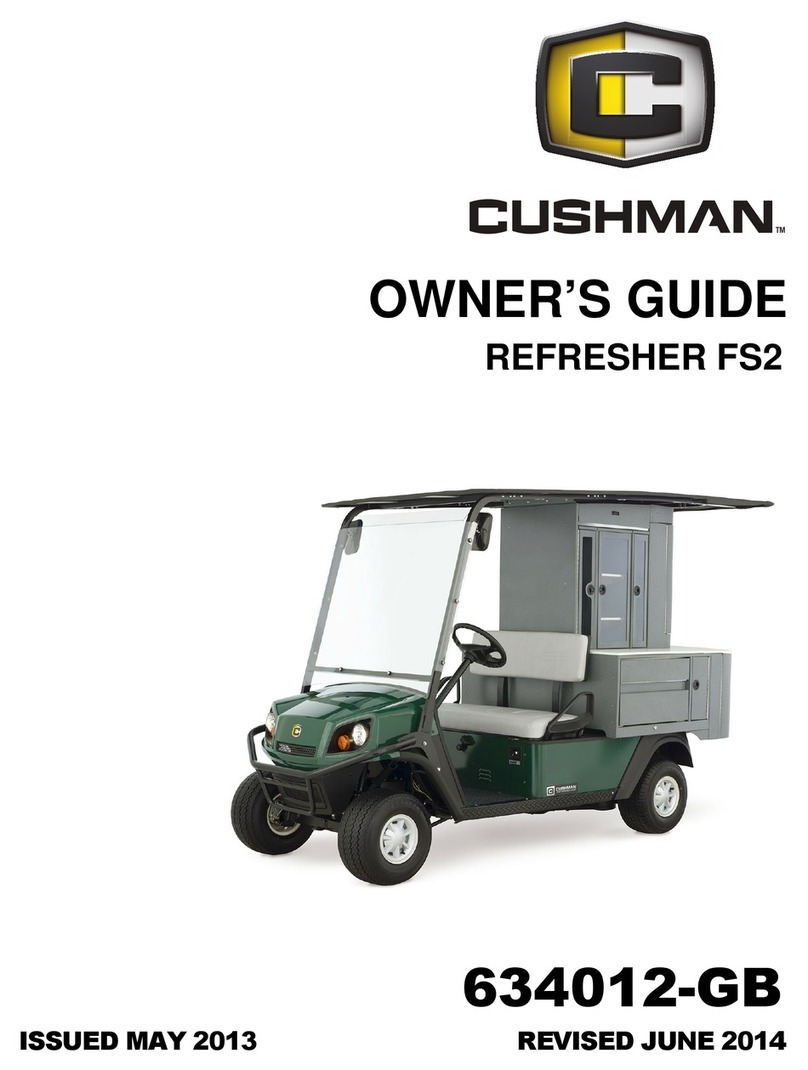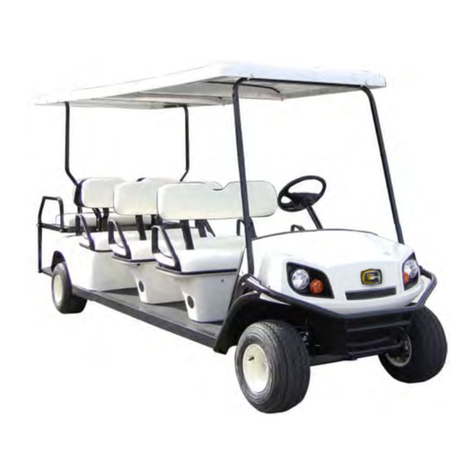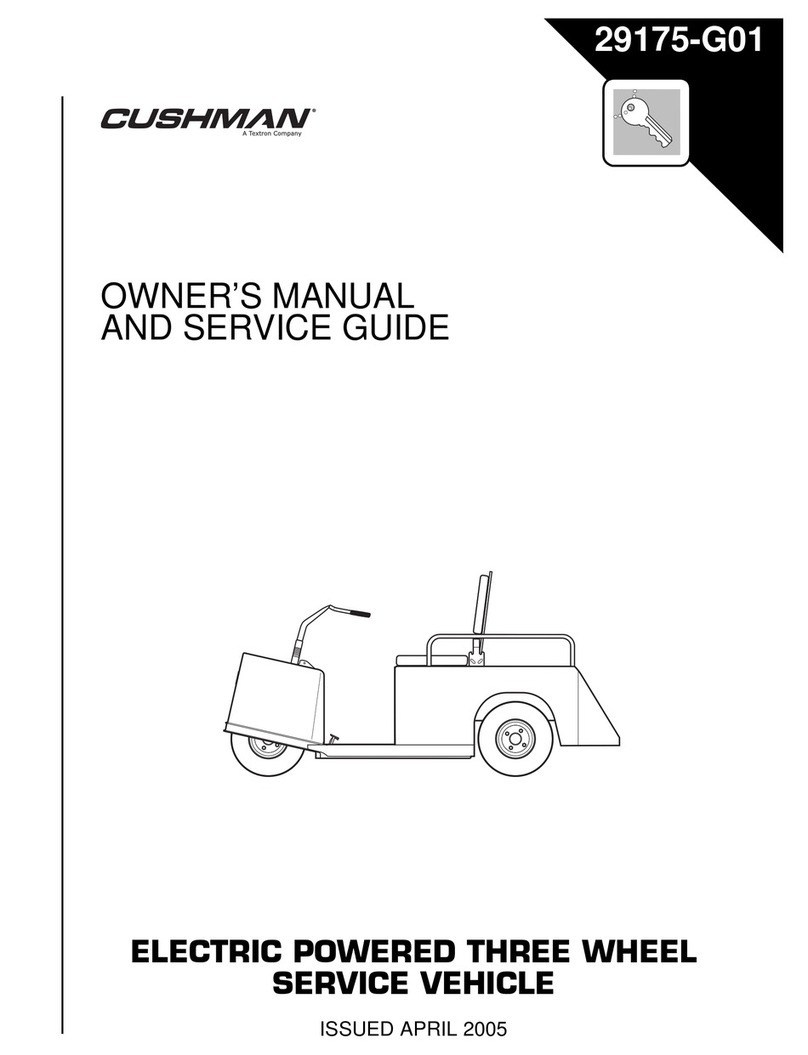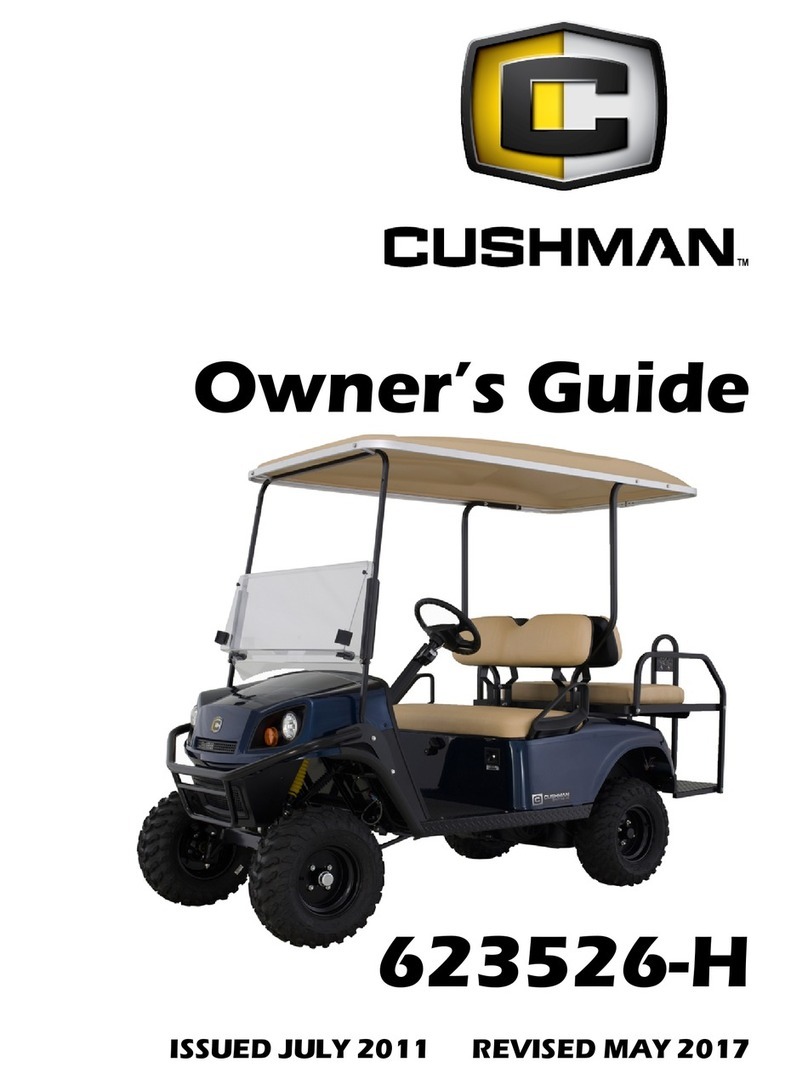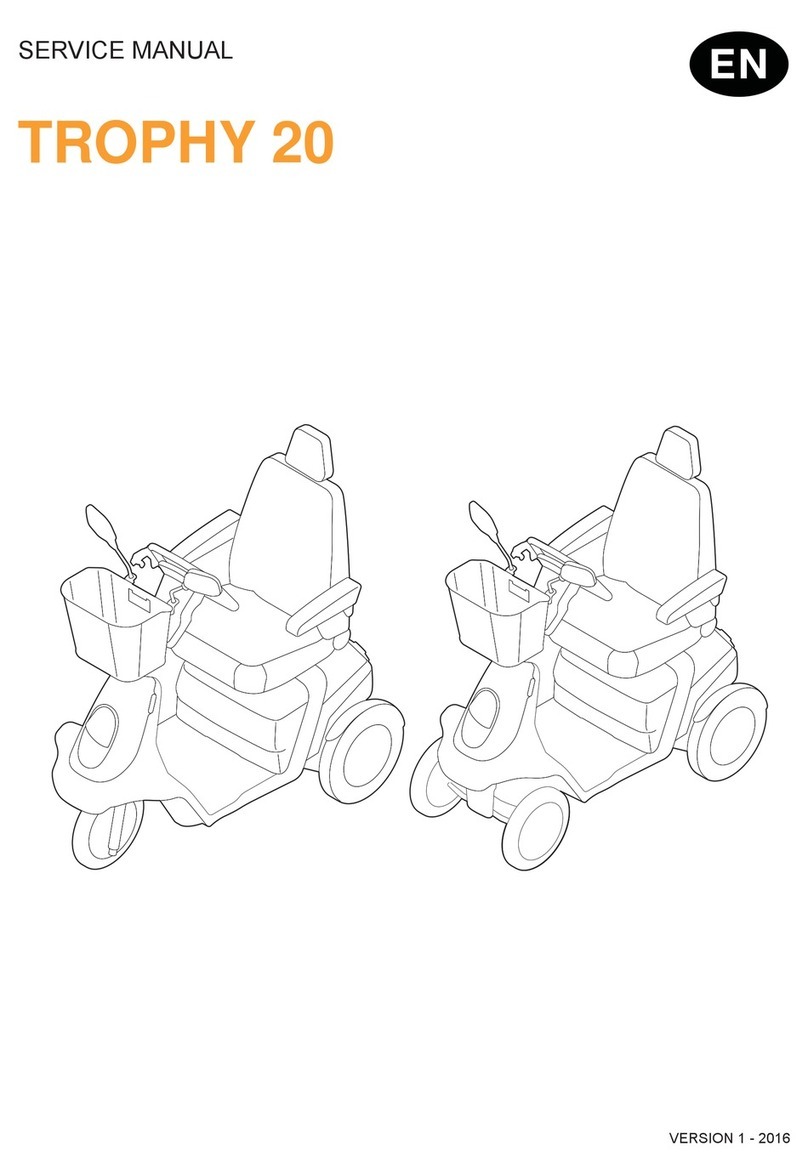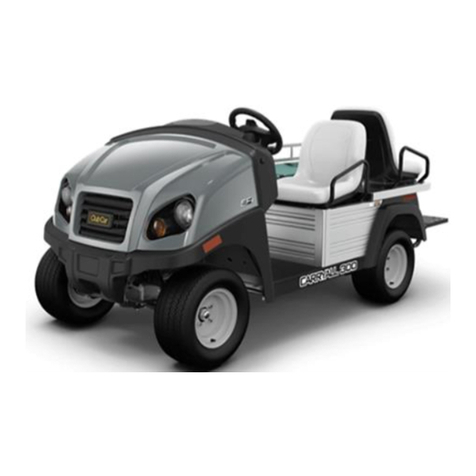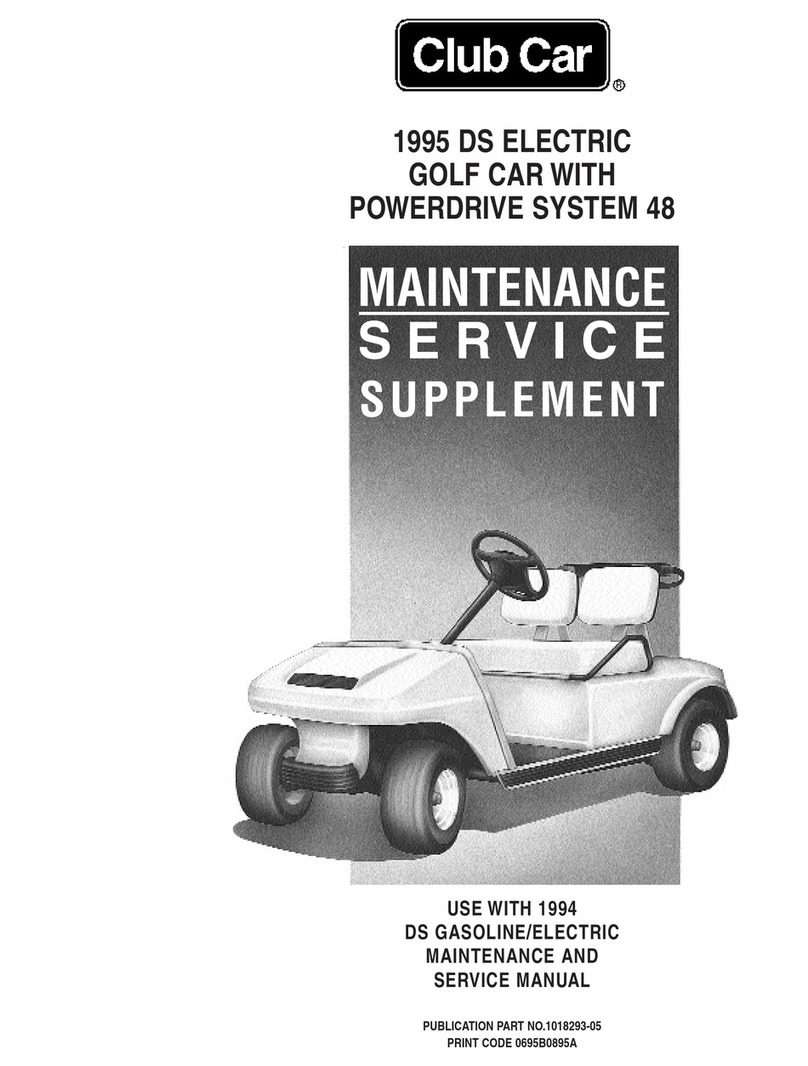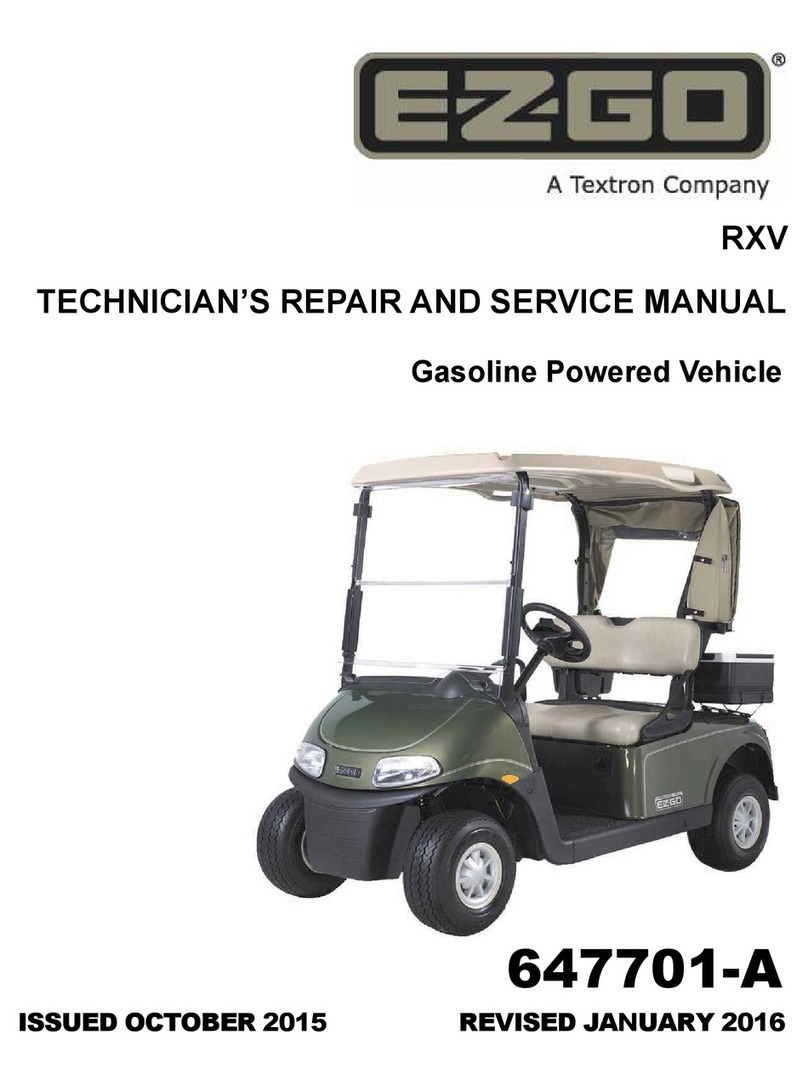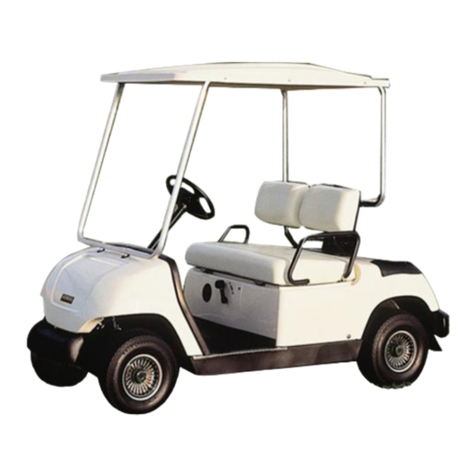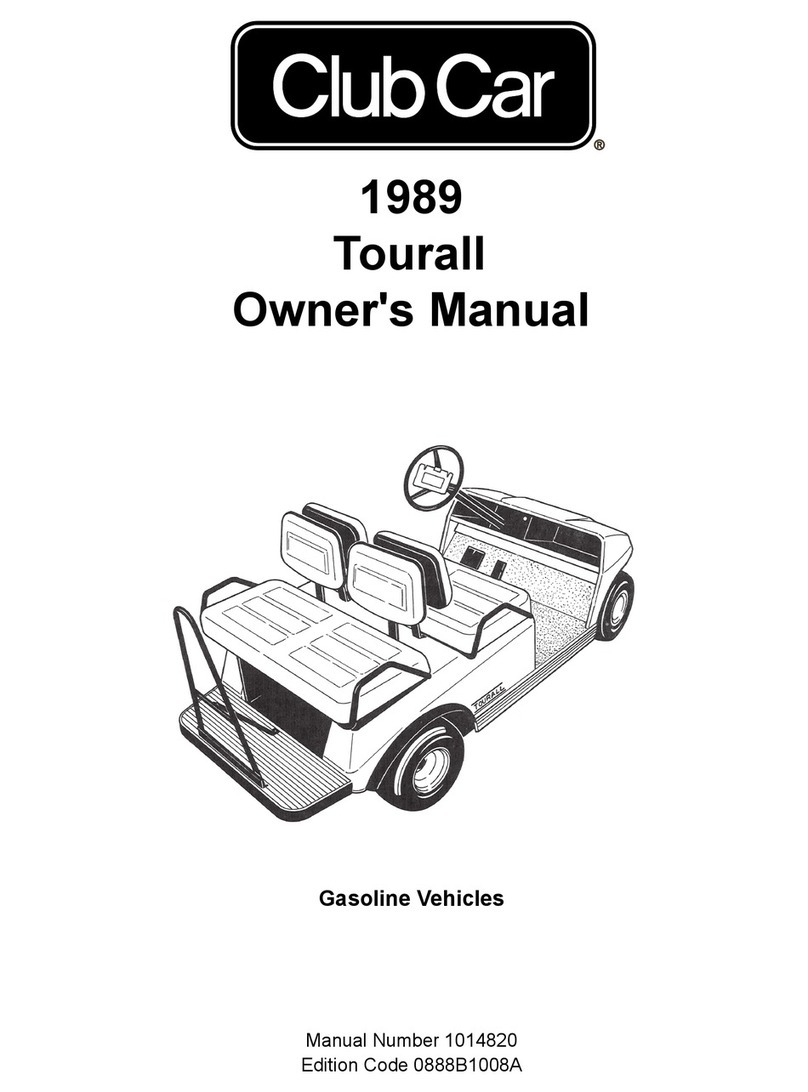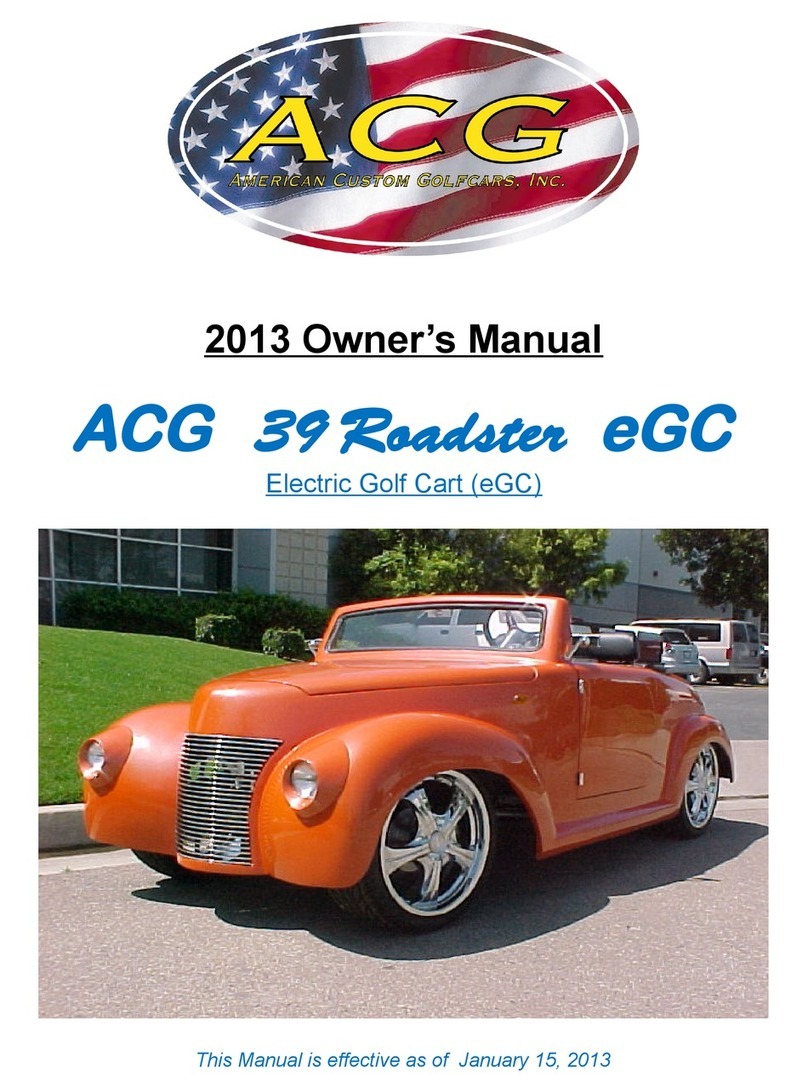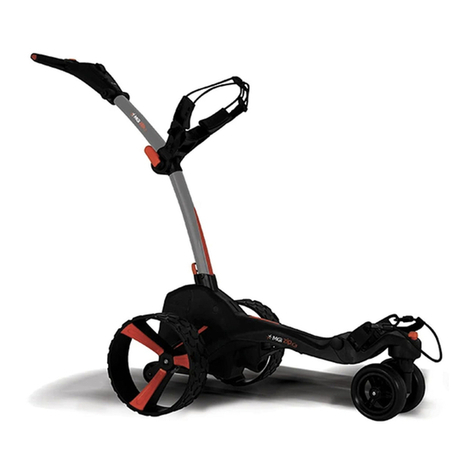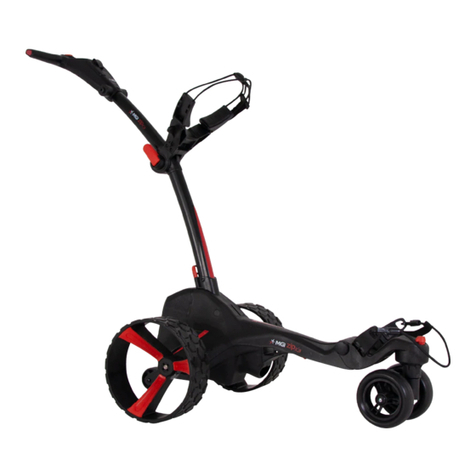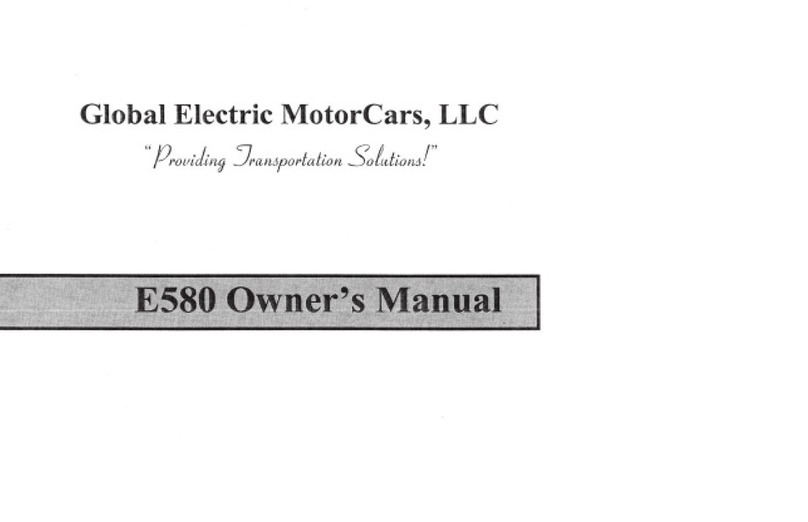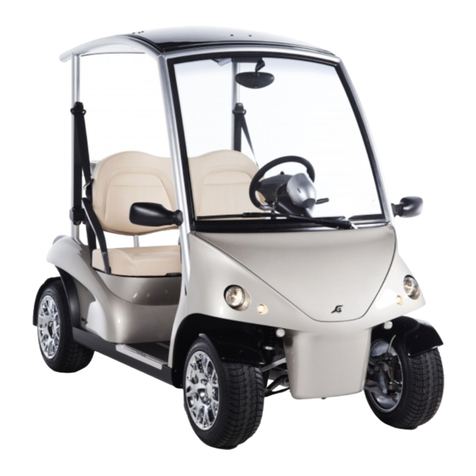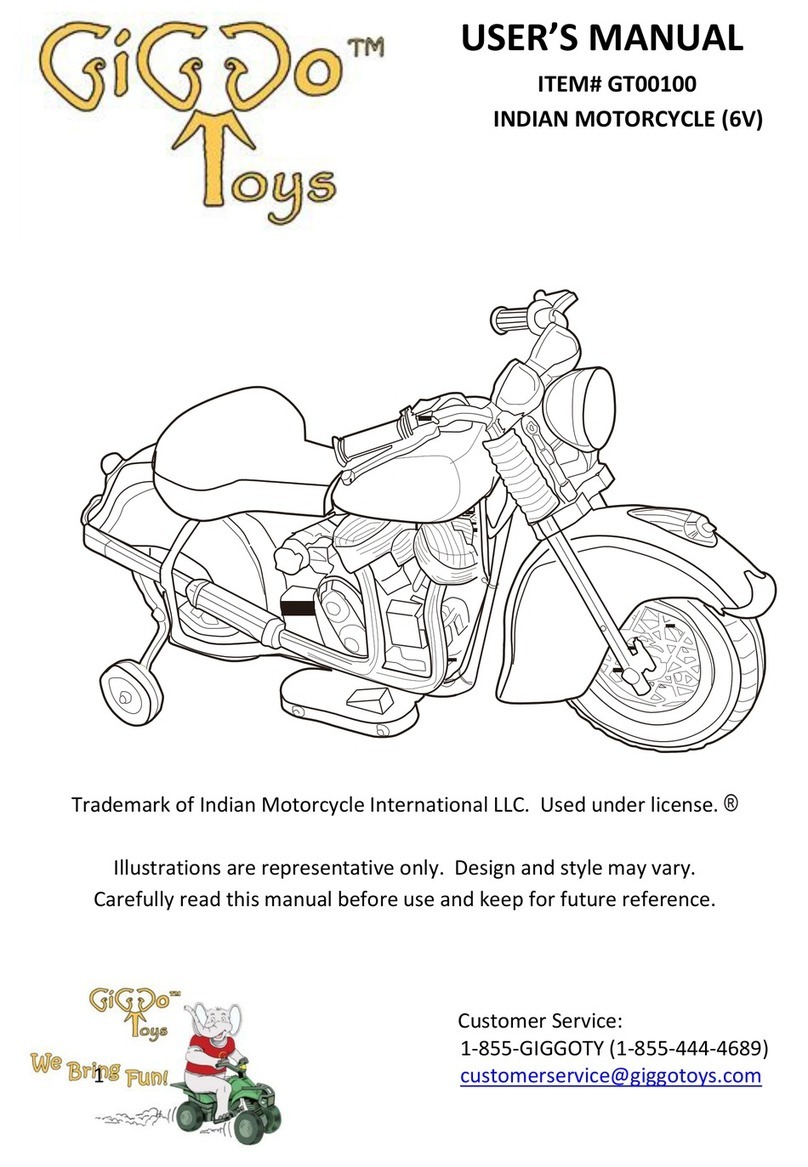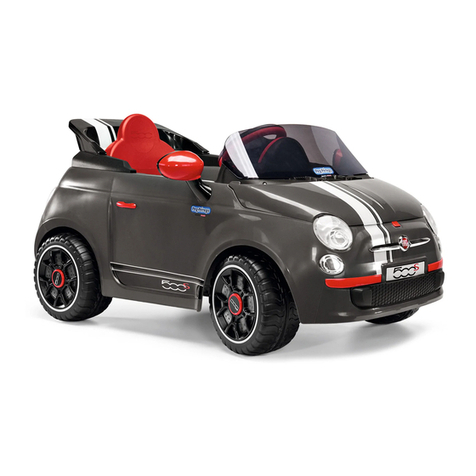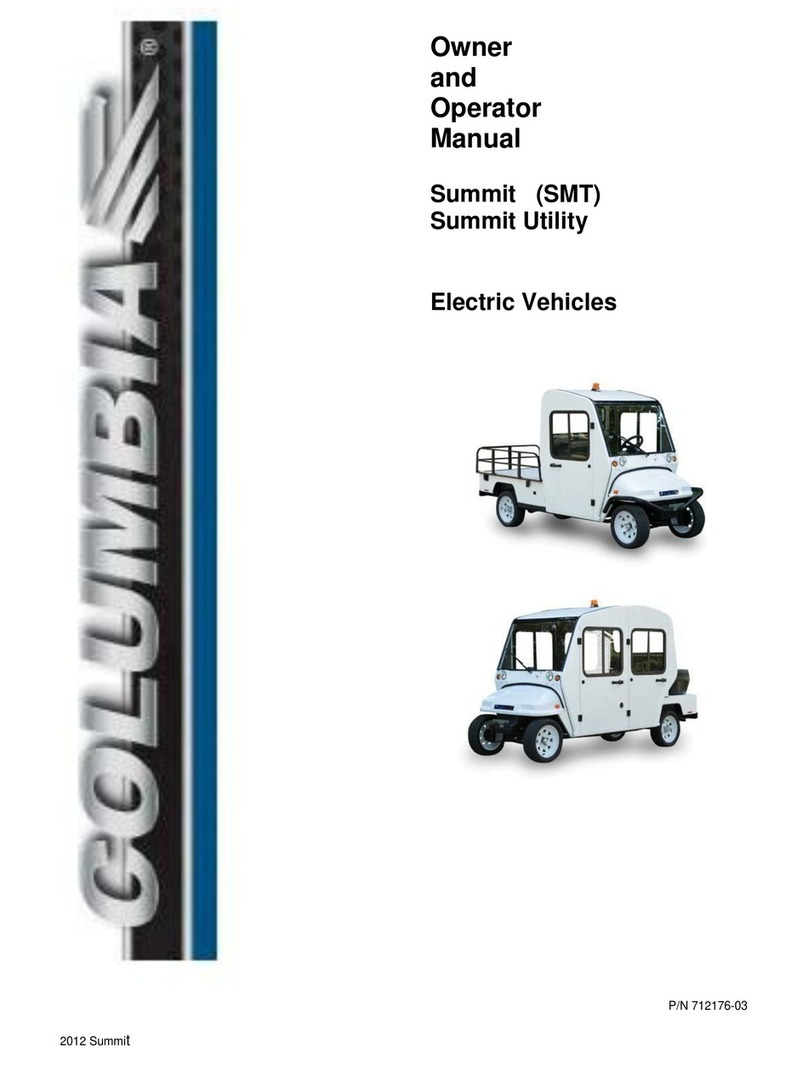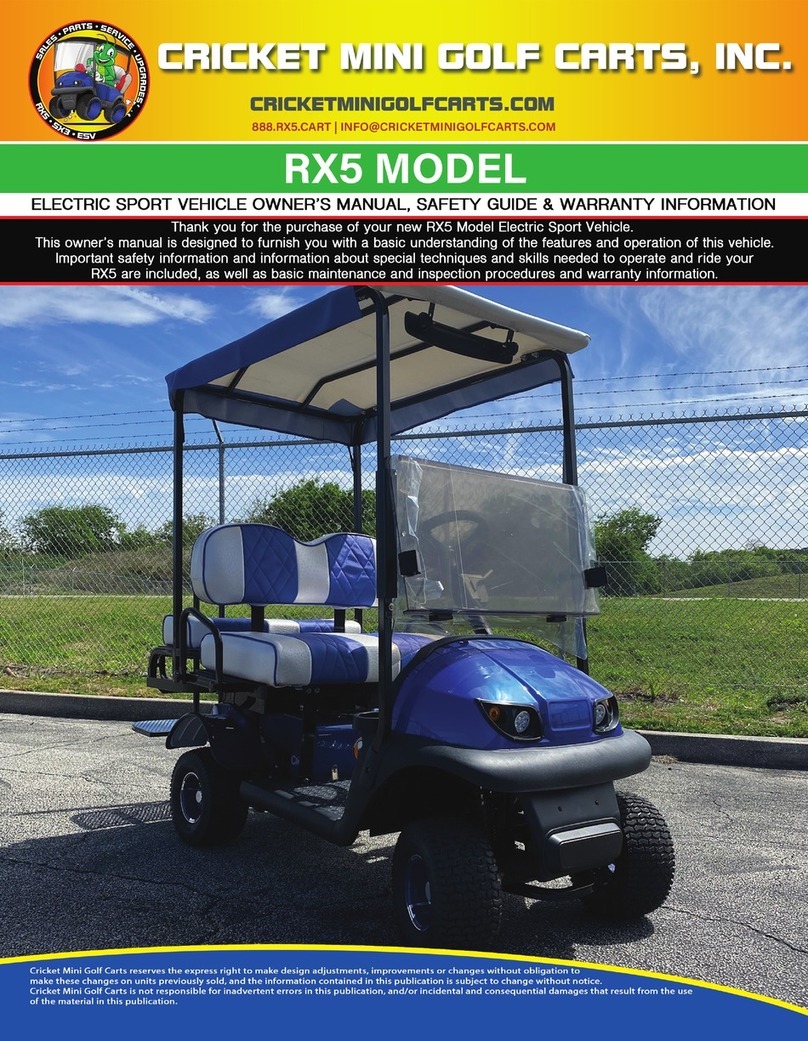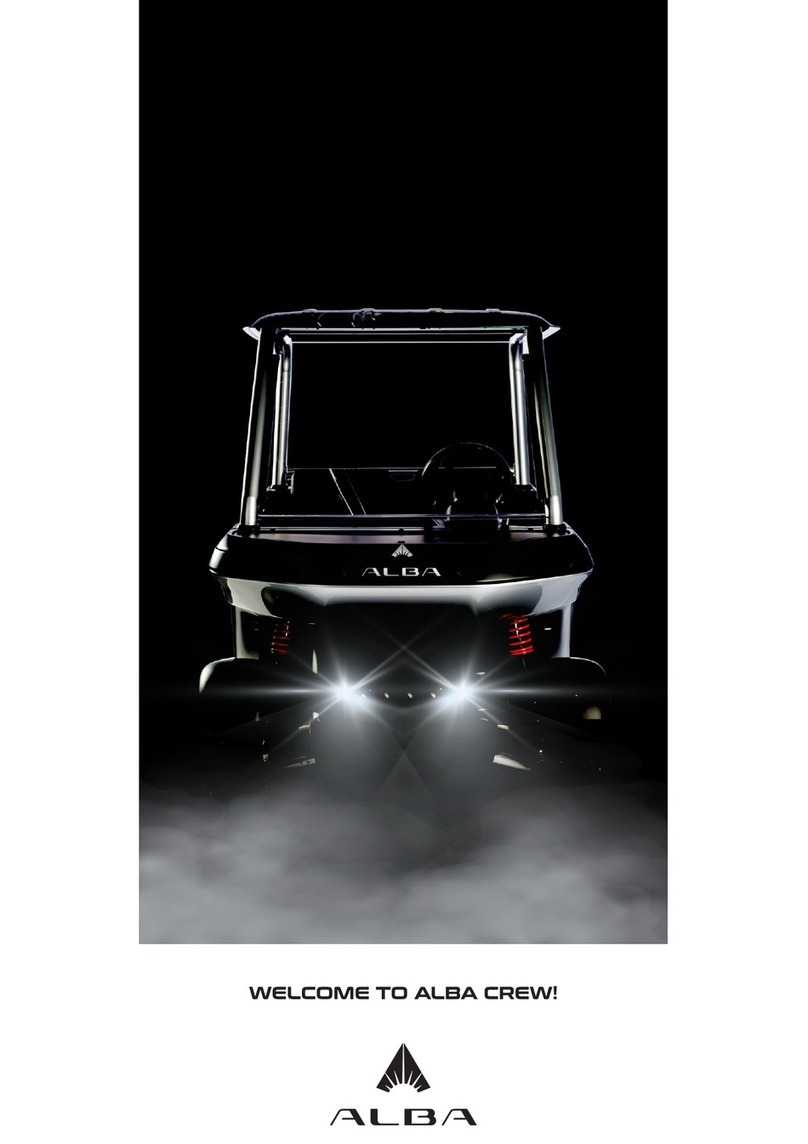
TABLE OF CONTENTS
5
Coasting ..........................................................................................................................................................29
DRIVING WITH A PASSENGER ............................................................................................................................29
SLIPPERY SURFACES ..........................................................................................................................................30
DRIVING UPHILL ....................................................................................................................................................30
TRAVERSING HILLSIDES ......................................................................................................................................30
DRIVING DOWNHILL ............................................................................................................................................. 30
STALLING ON A HILL ............................................................................................................................................. 31
DRIVING IN REVERSE ...........................................................................................................................................31
PARKING THE VEHICLE ........................................................................................................................................ 31
HAULING CARGO ..................................................................................................................................................32
Maximum Cargo Load / Maximum Weight Capacity ....................................................................................... 32
Flip Seat/ Load Deck Operation (If Equipped) ................................................................................................33
TRUCK BED OPERATION ..................................................................................................................................... 34
Load Bed (P/N 74821G03) .............................................................................................................................. 34
DUMPING THE TRUCK BED ................................................................................................................................. 34
TOWING ..................................................................................................................................................................35
WINCH
WINCH SAFETY ..................................................................................................................................................... 37
WINCH OPERATION ..............................................................................................................................................38
WINCH CABLE CARE ............................................................................................................................................ 39
SHOCK LOADING ..................................................................................................................................................40
WINCH MAINTENANCE SAFETY ..........................................................................................................................40
MAINTENANCE
MAINTENANCE SAFETY .......................................................................................................................................41
SCHEDULED MAINTENANCE ...............................................................................................................................41
Severe Use Conditions ...................................................................................................................................41
SCHEDULED MAINTENANCE CHART .................................................................................................................. 42
RECOMMENDED LUBRICANTS AND FLUIDS .....................................................................................................43
REPLACEMENT OF MAINTENANCE ITEMS ........................................................................................................43
LIFTING THE VEHICLE ..........................................................................................................................................44
Lifting Front ....................................................................................................................................................44
Lifting Rear ......................................................................................................................................................44
Lowering Vehicle .............................................................................................................................................44
VEHICLE CLEANING AND CARE ..........................................................................................................................45
Washing the Vehicle .......................................................................................................................................45
Polishing the Vehicle .......................................................................................................................................45
TIRES ......................................................................................................................................................................45
Tire Pressure ...................................................................................................................................................46
Tire Repair ......................................................................................................................................................46
Tire Replacement ............................................................................................................................................46
WHEELS .................................................................................................................................................................46
Wheel Removal ...............................................................................................................................................46
Wheel Installation ...........................................................................................................................................47
LIGHTS ...................................................................................................................................................................47
Halogen Headlight Bulb Replacement ............................................................................................................47
LED Headlight Assembly Replacement .......................................................................................................... 47
Taillight ............................................................................................................................................................47
